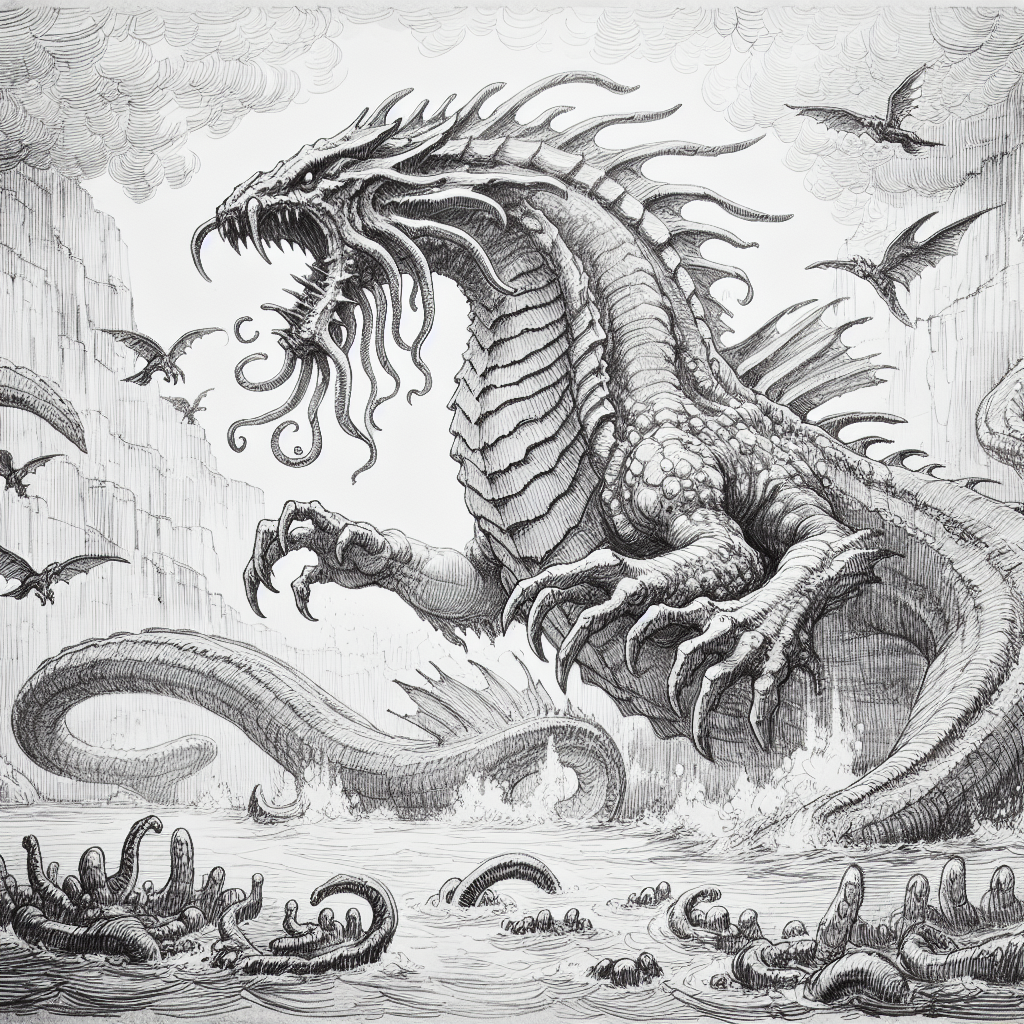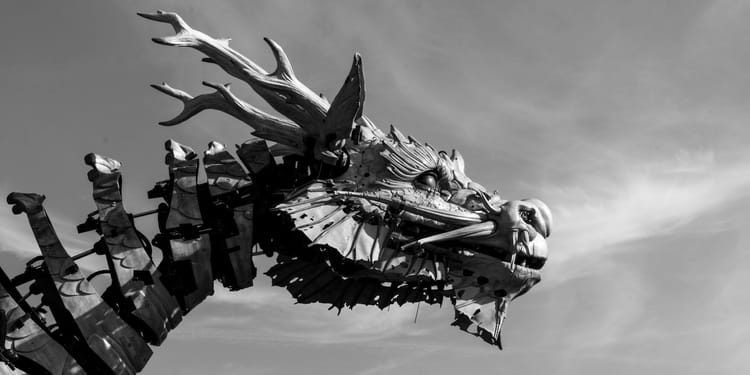The Leviathan: A Biblical Creature or A Real Animal?

Science and religion often cross paths in the most intriguing ways. One such intersection is the biblical leviathan, a creature of monumental proportions and formidable strength, described vividly in religious texts, particularly in the Book of Job. The question that arises is – could this creature be more than just a metaphorical figure? Could it have been an actual animal that once roamed the earth? Let's delve into this captivating topic.
The Biblical Leviathan:
The Book of Job describes the leviathan as a colossal creature, likened to a dragon or sea serpent, possessing an impenetrable hide, fearsome teeth, and the ability to spew fire. It is portrayed as a symbol of God's power over creation and an embodiment of chaos and evil. Such descriptions have led to various symbolic and literal interpretations over the years.
The idea that the leviathan could be a real creature is not far-fetched considering the existence of dinosaurs and other massive creatures in the past. It is plausible that the biblical authors could have discovered fossils or remnants of such creatures, leading to the stories and descriptions we find in the Bible. These authors, having no reference point for such creatures, may have woven their discoveries into their narratives, leading to the creation of the leviathan.
Several extinct animals could potentially fit the description of the leviathan. For instance, the Kronosaurus, a prehistoric marine reptile, exhibited size and features that could align with the biblical description. Other possibilities include the Mosasaurus or even the Megalodon, both colossal creatures of the ocean depths.
Despite these possibilities, there are scientific challenges to this theory. The ability to breathe fire, as described in the Bible, is biologically implausible for any known animal, extinct or extant. Furthermore, the chronological discrepancy between the estimated age of the Earth according to biblical accounts and the actual age according to geology and palaeontology makes it unlikely that human observers ever encountered such creatures.

The theory that the biblical leviathan could have been a real animal is fascinating, bridging the divide between science and religion. Although scientifically challenging, it offers a fresh perspective on interpreting ancient texts. However, whether the leviathan was an actual creature or a symbolic entity, its impact on the religious narrative and human imagination remains undeniably profound.





Member discussion